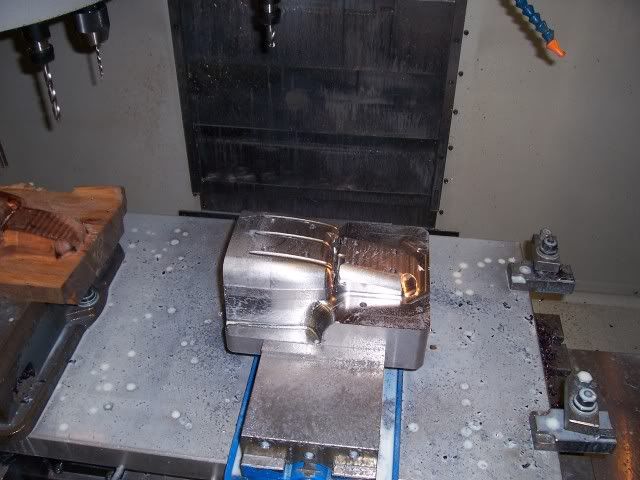ARB
Titanium
- Joined
- Dec 7, 2002
- Location
- Granville,NY,USA
I figured that I would start a thread of my own about my fun with my core.
Here is pic of what I have so far.

Things are starting to take shape.
So how do you guys think your software would fare roughing this part? There are 2 and they are made out of H13.
Prefered roughing tool is a Sandvik 200 series button cutter 2 inch diameter with 1/2" inserts.

Here is pic of what I have so far.

Things are starting to take shape.
So how do you guys think your software would fare roughing this part? There are 2 and they are made out of H13.
Prefered roughing tool is a Sandvik 200 series button cutter 2 inch diameter with 1/2" inserts.





